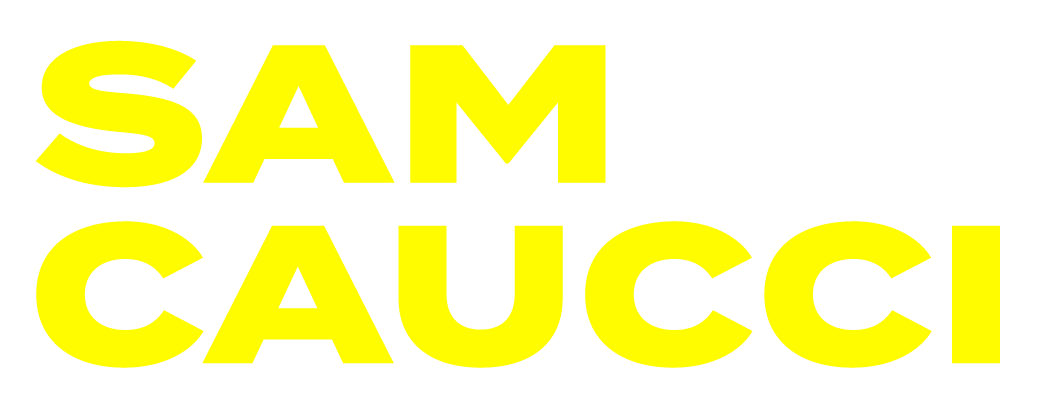This week, President Biden unveiled his $2 trillion American Jobs Plan, which was designed to reimagine a new economy that will create millions of good jobs and rebuild our country’s infrastructure.
There are six key tenants in President Biden’s plan. At 1Huddle, we are especially focused on the sixth component: creating good-paying jobs now while training Americans for sustainable jobs of the future. To make this a reality, the American Jobs Plan proposed investing $100 billion in workforce development and training.
The 1Huddle team is proud to have contributed to this portion of the American Jobs Plan. As part of the Biden for President Workforce Innovation Policy Committee, 1Huddle has been able to use our expertise in workforce development to ensure workers have ready access to the skills they will need to succeed, and to increase equity across our workforce — especially for our most vulnerable workers.
Making a substantive investment in our workforce is one of the most important parts of 1Huddle’s mission. The U.S. has underinvested in the workforce development system for decades; in fact, we currently spend just one-fifth of the average that other advanced economies spend on workforce and labor market programs.
This lack of investment impacts all of us, as more highly educated workers create spillover effects for other workers and this lack of employment has negative social impacts on communities. So it’s well past time that we make this investment in our workforce’s development.
So what would this multi-billion dollar investment actually include?
The plan includes investments in registered apprenticeships and pre-apprenticeships, which would create one to two million new registered apprenticeships slots, and strengthens the pipeline for more women and people of color to access these opportunities. This will ensure that underserved groups receive greater access to new infrastructure jobs.
We know that increasing access and equitability to opportunities within our workforce needs to start early, which is why these investments include the creation of career pathway programs in middle and high schools. The plan prioritizes increased access to computer science and high-quality career and technical programs that connect underrepresented students to STEM and in-demand sectors through a network of 21st century partnerships with both institutions of higher education and employers, which is also a key component of 1Huddle’s RAISE Every Worker policy plan.
The American Jobs Plan will support community college partnerships that build capacity to deliver job training programs based on in-demand skills. This would enable us to successfully tailor services to workers’ career development needs through investments in Expanded Career Services and the Title II Adult Literacy Program. The plan also includes funding to strengthen the capacity of our labor enforcement agencies to protect against discrimination, while protecting wages and benefits, enforcing health and safety safeguards, strengthening health care and pensions plans, and promoting union organizing and collective bargaining.
Now, we know the in-depth overview of President Biden’s plan to invest in workforce development can be a lot to take in, so let’s break things down a little.
The overall mission of the American Jobs Plan’s workforce development component is to build the capacity of the existing workforce development and worker protection systems, while fostering inclusive economic growth.
This will be accomplished through three key avenues:
- Pair job creation efforts with next generation training programs. This part of the plan will provide unemployed workers with comprehensive services so they can gain new skills and to access career services they need to win in-demand jobs. By pairing high-quality training for workers with effective partnerships between educational institutions, unions, and employers, we can help all workers find good-quality jobs in an ever-changing economy.
- Target workforce development opportunities in underserved communities. Did you know that Black individuals in the U.S. are twice as likely to be unemployed than white individuals? And, once employed, they are paid nearly 25% less than their white counterparts. Or that one in seven Americans live below the poverty line, including more than 11 million children? This plan was designed to help dismantle the structural racism and persistent economic inequities that have undermined opportunity for millions of workers by investing in workforce training that will prioritize underserved communities and communities hit hardest by our rapidly transforming economy. President Biden is also calling on Congress to eliminate provisions in the Fair Labor Standards Act that would help our workforce access more competitive employment opportunities and fair wages.
- Build the capacity of the existing workforce development and worker protection systems. This is the part of the American Jobs Plan that has been outlined above: investing in a future of work infrastructure that leverages resources and technology to reach workers – regardless of tenure or job title – with a specific focus on our most vulnerable workers.
1Huddle is proud to be fighting to build more equitable, diverse, and inclusive workplaces where every worker has access to the job training, support, and mentorship to win on the job. And we believe the American Jobs Plan is an important step in the right direction toward achieving this goal.
However, rising to meet the needs of today’s workforce isn’t a job for just some of us — it’s a job for all of us. That’s why, in addition to working toward equitable policy outcomes, 1Huddle has also launched our Future of Work Scorecard. This scorecard is a business calculator tool designed to let companies see how they measure up when it comes to worker preparedness across five different categories: reskill, align, invest, support, and eliminate.
So if you’re ready to join the movement to make sustainable progress to prepare your workers for the future, then we have a challenge for you: take 1Huddle’s Future of Work scorecard now to find out where you rank on these five key categories, and together we can get to work on the future of work.


